Eurozone PMI Manufacturing was finalized at 53.8 in November, down from October’s 54.8. Markit said there were slower, but still marked gains in output and new orders. Job losses continued but confidence improved further. Looking at some member states, Germany PMI Manufacturing stood high at 57.8. The Netherlands hit 22-month high at 54.4. However, Italy hit 5-monthlow at 51.5. Spain hit 5-month low at 49.8. France hit 6-month low at 49.6. Greece hit 6-month low at 42.3.
Chris Williamson, Chief Business Economist at IHS Markit said: “Eurozone manufacturing output continued to grow at a decent pace in November… The survey therefore adds to evidence that the region will avoid in the final quarter of the year a similar scale of downturn recorded in the second quarter… Encouragingly, a brighter outlook is indicated by the upturn in optimism for the year ahead, suggesting that the upturn should gather strength again in the coming months as lockdown measures ease and spending, especially investment, picks up in response to the recent news on vaccine development.”




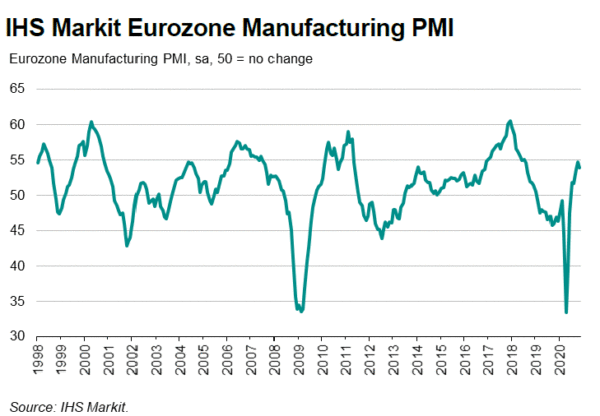
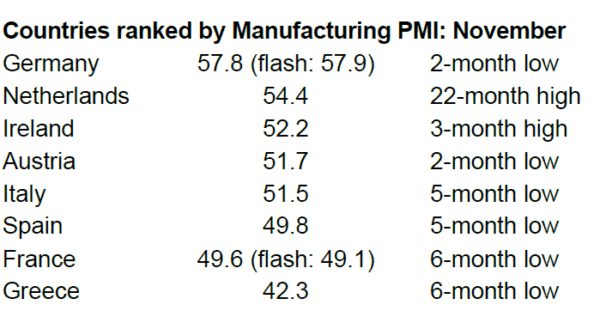
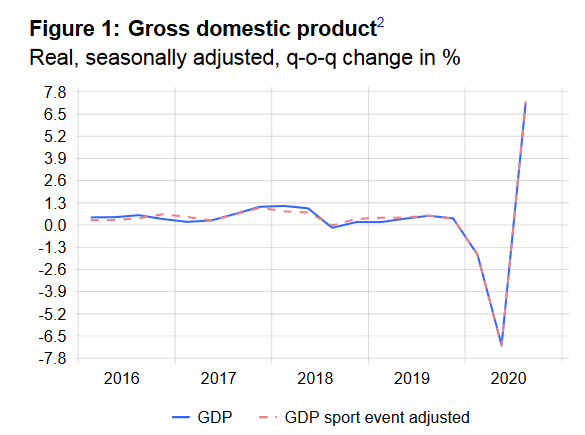
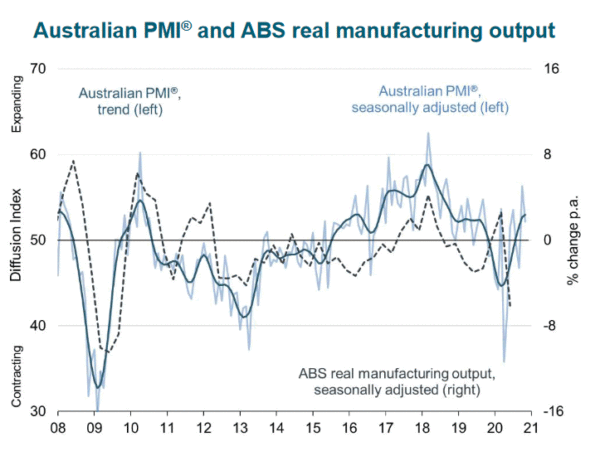


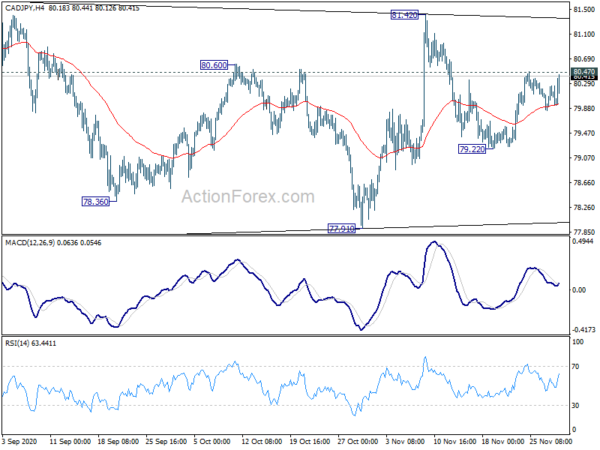
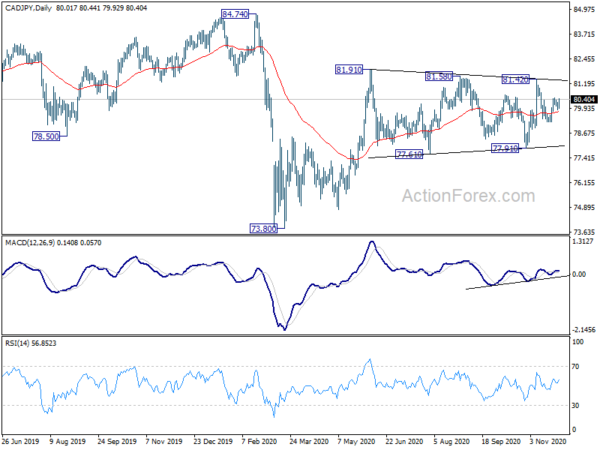

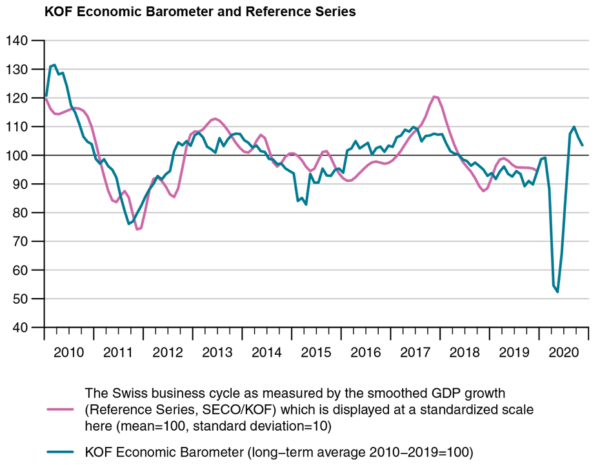
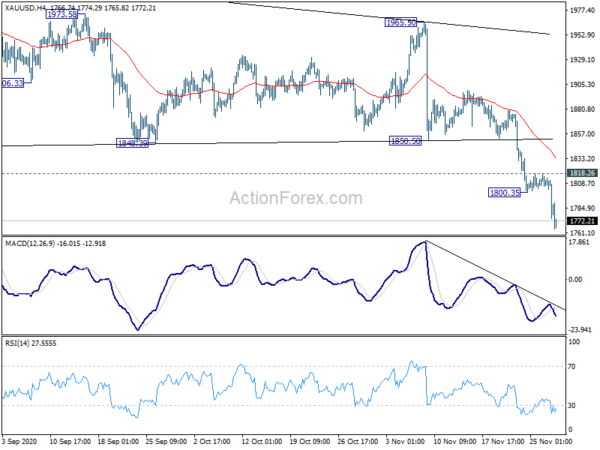
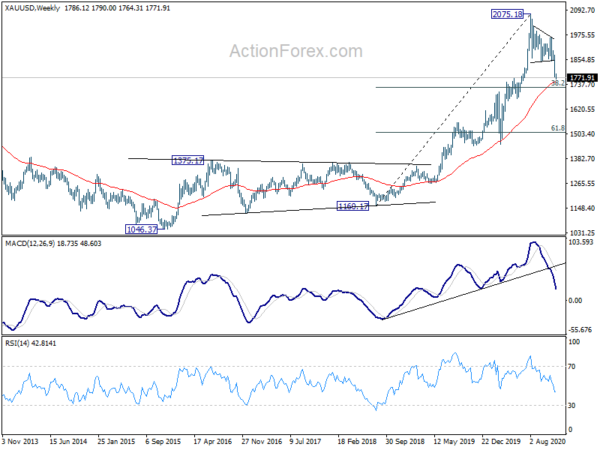
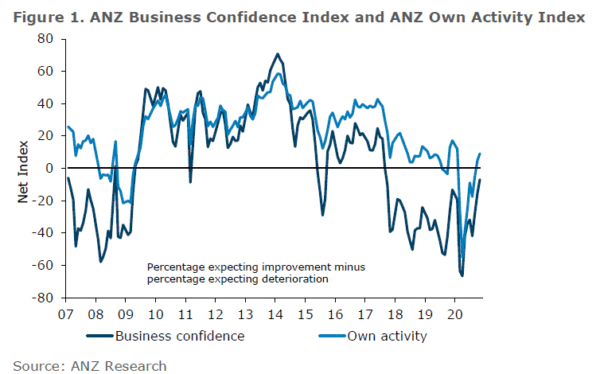
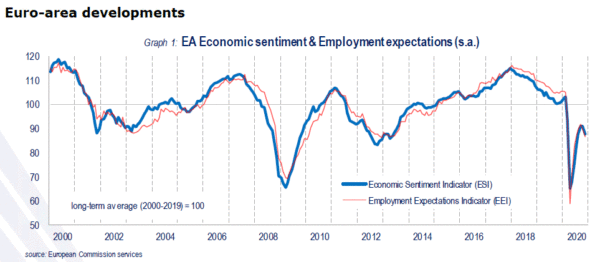
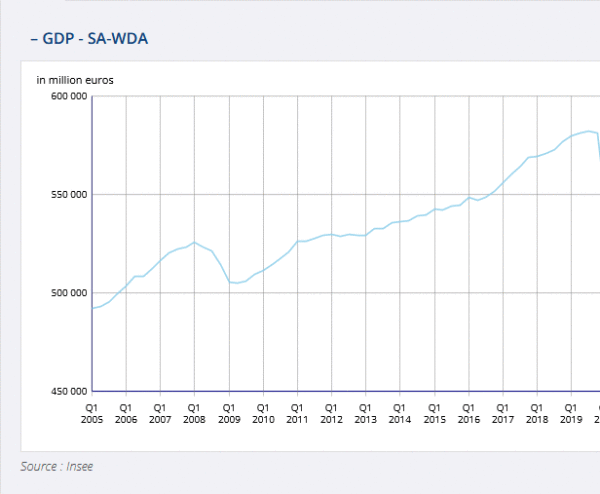
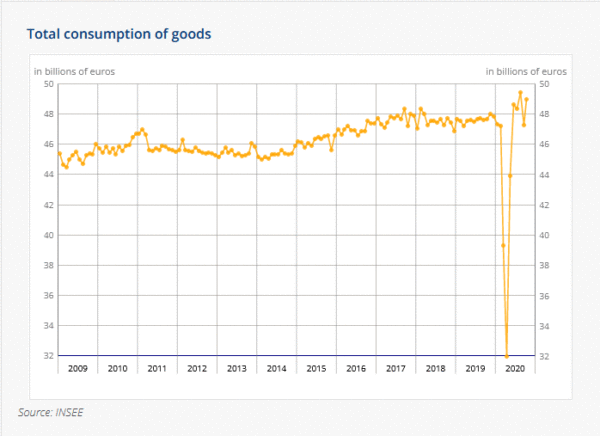

UK PMI manufacturing finalized at 55.6, 35-month high
UK PMI Manufacturing was finalized at 55.6 in November, up from October’s 53.7. It’s also a 35-month high, and an expansion reading for six successive months. Markit noted that “Brexit buying” leads to higher purchasing, stocks and exports.
Rob Dobson, Director at IHS Markit: “Growth of the UK manufacturing sector picked up in November, temporarily boosted by ‘Brexit-buying’ among clients and the ongoing boost from economies re-opening following lockdowns earlier in the year…. Whether the upturn of manufacturing production can be sustained into the new year is therefore highly uncertain, especially once the temporary boosts from Brexit purchasing and stockbuilding wane.
“On this front some reassurance is provided by the survey’s gauge of business optimism. Confidence has risen to a level not seen since late-2014, with over three fifths of manufacturers (61%) still expecting to raise output over the coming year. On the other hand, many manufacturers remain very concerned about the outlook and generally reluctant to expand capacity, hence employment fell for the tenth month in a row.”
Full release here.